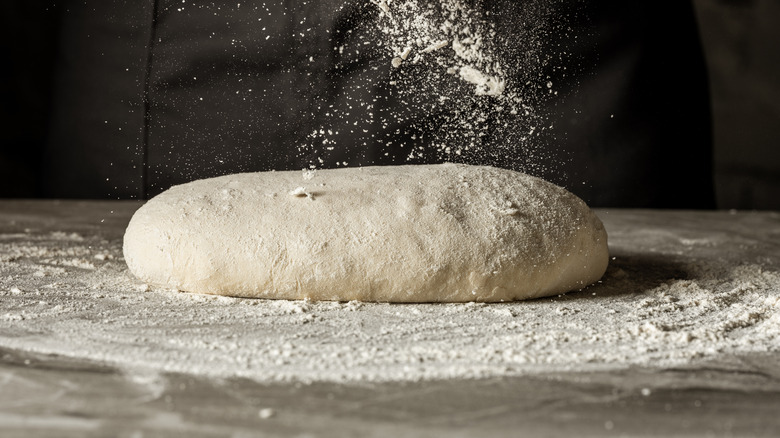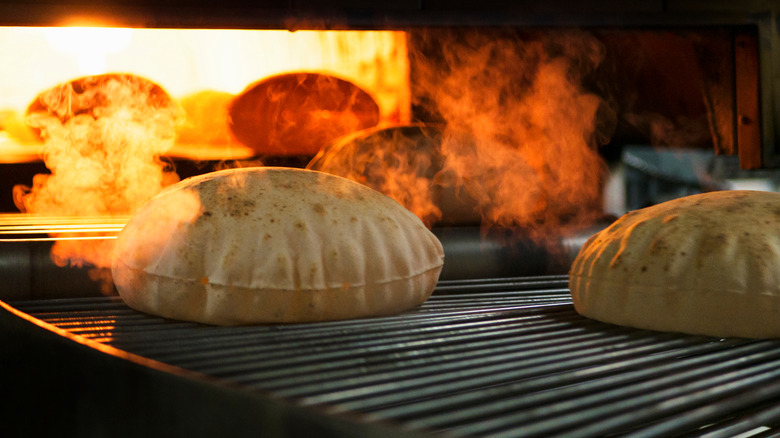How You Can Use Your Oven As A Proofing Drawer
We know that the standard oven function is for baking, but it is not as common knowledge that it works for proofing too.
When understanding the proofing process, we improve our chances of success. According to Good Housekeeping, proofing is the last thing that happens before you bake your bread. During this period, it goes through the second fermentation phase, expanding to the proportions it will maintain in a baked state. The yeast when baking bread feeds off the available sugars and produces carbon dioxide, per Food to Impress, and the best environment for this is a warm one. Proofing bread dough is not to be confused with bulk fermentation which refers to the first rise after making the dough, per Sunrise Flour Mill.
According to Bigger Bolder Baking, the dough must remain enclosed and deprived of fresh air, or a hard, restrictive meniscus will form on its exposed surface as its outermost layer dries. A high container lid will prevent this from happening.
The correct environment for proofing
According to King Arthur Baking Company, bread dough will rise where there is heat. Where can you find the heat to proof your dough? "On a warm day, your counter will probably do just fine," says baking blogger Annalise (via Completely Delicious).
If your kitchen is a sweltering sweatshop, your bread will be proofed in under an hour, per Taste of Home. But if your kitchen is a relatively cold space, you may need to manipulate your ambient temperature or create a warm environment. As per Brod & Taylor, an optimal proofing temperature is 81 °F. You can use heating pads, warmed seed mats, or revert to nature by placing the bread dough in the sun.
A better solution is to use an oven. The reason for this is that it is sturdy and difficult to shake or jolt. According to Food To Impress, a sure way to make the proofing dough cave is by subjecting it to shock. Another benefit of an oven is that it contains its heat. All one needs is to get the interior temperature to the correct heat. You can either preheat the oven to 200 degrees and turn it off, per Culinary Hill, or place a bowl of hot water on the bottom shelf and the dish with dough on the top to create the same effect.

